Introduction to the characteristics and production time of coffee beans in Brazil the present situation of the production environment of the origin story of Brazilian coffee varieties
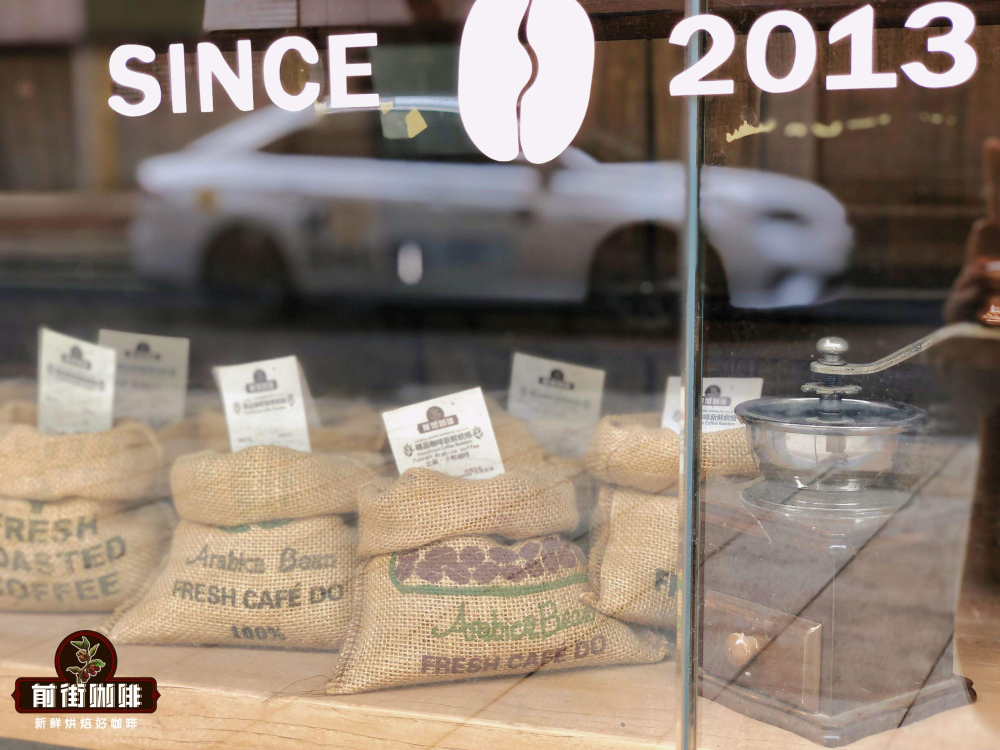
Brazilian coffee beans are characterized by soft and smooth taste, weak acidity and rich nutty flavor. Brazilian coffee beans are the most acceptable to many coffee rookies. It is also the first recommendation of the baristas on the front street for guests who do not like acid. If you follow the news of the world coffee market, you will find that Brazil is the country every time the futures price rises. That's because Brazil is the largest coffee producer in the world, but interestingly, more than 300 years ago, Brazil was a place without coffee trees.
Legend has it that in 1727, a Portuguese officer named Francesco was sent to the island of Guyana to settle a land dispute between France and the Netherlands. When he arrived at Cayenne, he made eye contact with Cayenne's governor's wife. On the way back, the governor's wife sent him a bouquet of flowers with coffee seeds hidden in the bouquet. Later, these seeds took root and germinated on the soil of Brazil and multiplied.

With the beginning of the American War of Independence at the end of the 18th century, coffee replaced tea as a patriotic drink in the United States, the number of cafes soared and the demand for Brazilian coffee beans increased. Brazil became a major export crop in the 1820s, bringing huge economic benefits to the region, and the construction of railways led directly from the port to coffee plantations. The American Civil War in the 1860s deepened its dependence on Brazilian coffee beans and became a rigid demand for military supplies.
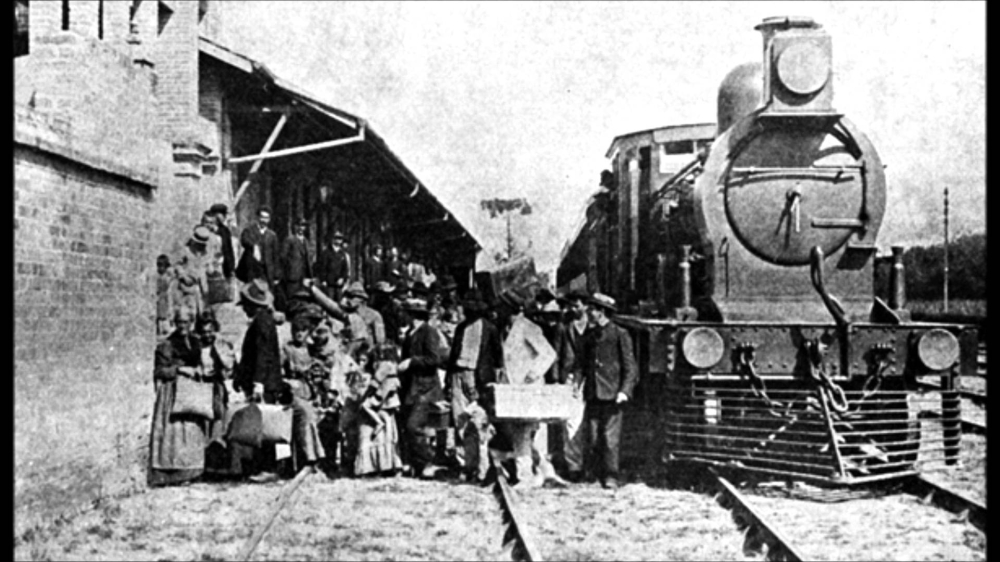
However, since the coffee varieties grown in Brazil at that time were mainly iron pickup trucks, with even less production capacity, they went to various parts of the world to look for coffee varieties with high production capacity, and eventually introduced bourbon varieties on the island of Reunion. By the 1870s, bourbon became the main variety of coffee in Brazil.
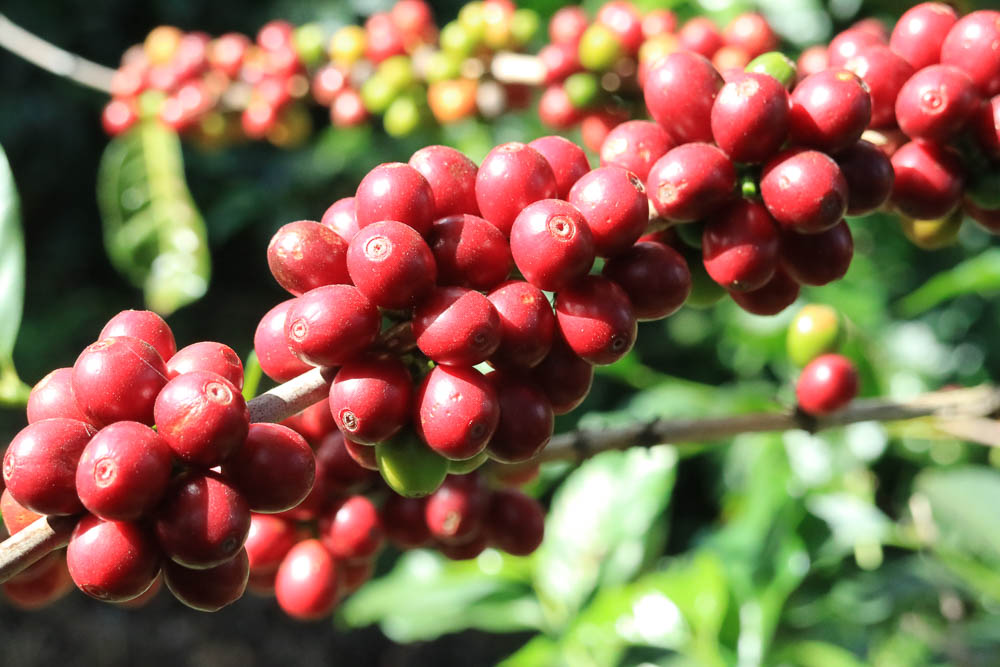
Today, coffee producing areas in Brazil are mainly distributed in six major states: Bahia in Bahia, Espirito Santo in Esp í rito Santo, Minas Gerais in Minas Gerais, Sao Paulo in Sao Paulo, Parana in Parana and Rio de Janeiro in Rio de Janeiro.
On the front street coffee bean list, Brazilian coffee beans are all bourbon varieties, but the difference is that one coffee bean from the rations bean series is a red bourbon variety, while the other is a yellow bourbon variety from the Queen's Manor.
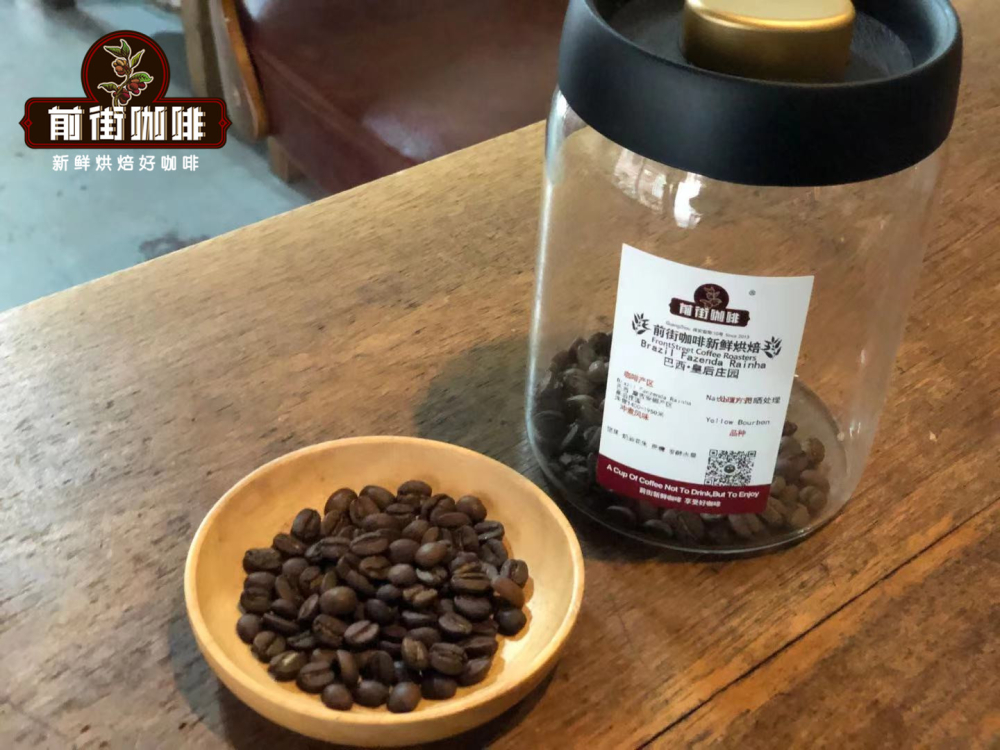
Qianjie Coffee Queen Manor of Brazil
Producing area: Morgiana, Sao Paulo, Brazil
Manor: Queen's Manor
Altitude: 1400 m-1950 m
Variety: yellow bourbon
Treatment: insolation
The yellow bourbon coffee variety was recorded in Sao Paulo in 1871. At first it was thought to be a mutation in a tin card bottle, but it was later confirmed by scientific verification as a natural variety of bourbon varieties. Because the pectin layer of the yellow bourbon variety is thicker than that of the red bourbon variety, and the pectin layer is rich in sugars, the yellow bourbon variety is more sweet and has a hint of lemon aroma.
The Brazilian yellow bourbon coffee on the front street comes from the state of Sao Paulo, and Brazilian coffee beans play an important role in the state's cash crops. Because of the Santos port under Sao Paulo, the state is also one of the long-established producing areas. The Brazilian Queen's Manor on the front street is located in Morgiana, the most important coffee producing area under the state of Sao Paulo, with suitable planting altitude (900m-1200 m), moderate temperature (average temperature is 20 degrees Celsius) and complex topography. the planted high-quality Brazilian coffee beans are very sweet.
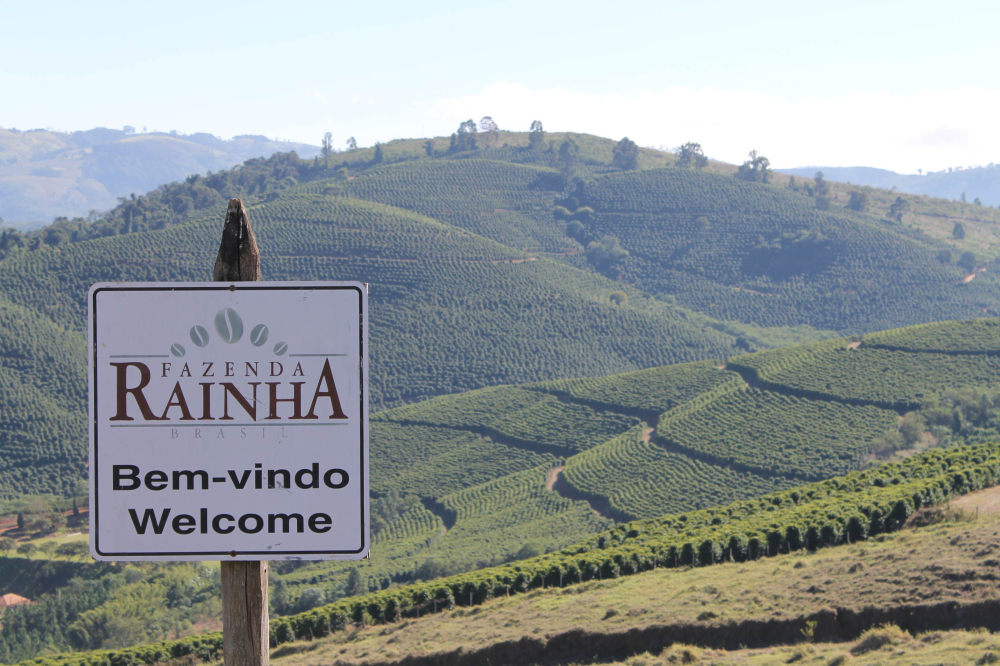
The Queen's Manor has a planting area of about 280 hectares, of which more than 200 hectares are planted with slightly lower-yielding yellow bourbon varieties. The Brazilian yellow bourbon coffee beans obtained from Qianjie Coffee use the sun treatment method, which takes a long time to dry and consumes more labor. In order to ensure the quality of this Brazilian coffee bean, Queen's Manor specially uses a small batch of sun treatment.
After the ripe yellow bourbon coffee fruit is selected, it is evenly laid on the elevated bed to avoid sticking to the soil to produce the smell of soil. At the same time, it is necessary to make sure that the coffee fruit is turned frequently to avoid unpleasant sour or fermented taste.
The Brazilian red bourbon coffee in another rations bean series on the front street comes from the Sheilado region of Minas Gerais. In the series of rations and beans in Qianjie, the selected producing areas are all iconic producing areas. in order to show the most basic flavor of the producing area, most of them are treated by washing. Except for individual producing areas that follow local traditions, such as Mantenin's unique local wet planing method in Sumatra and half-sun treatment in Brazil.
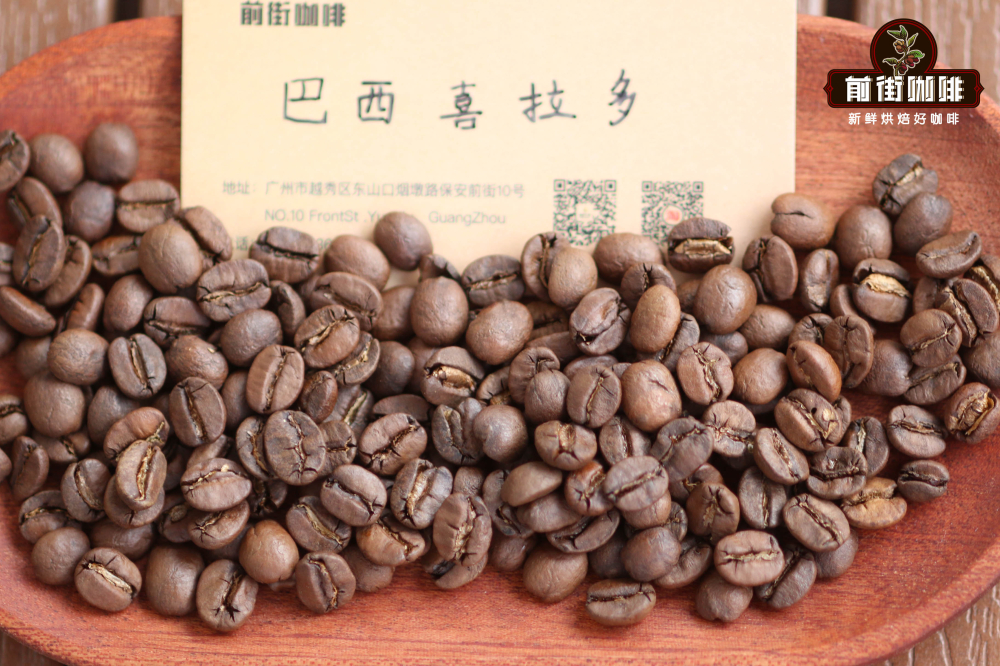
Qianjie Coffee Brazil Red bourbon
Producing area: Syrador, Minas Gerais, Brazil
Altitude: 1100 m
Variety: red bourbon
Treatment: half-sun
The reason why half-sun treatment was adopted on a large scale in Brazil was to increase the export volume of coffee beans by the end of the 20th century, compared with the most primitive coffee treatment, sun treatment. Washing treatment can greatly shorten the drying time of coffee beans and improve the quality of raw coffee beans. However, water resources are not very sufficient in many parts of Brazil, and water washing treatment requires a lot of money, so Brazil can not meet the complete washing method on these two points, so according to local conditions, derived peeling and tanning treatment (Pulped Natural), that is, half-sun treatment that friends often hear about.
Half-sun treatment is to remove the peel and pulp of coffee fruit, and then evenly lay it out to dry. This method effectively shortens the time required for sunlight, improves the quality of raw beans, and brings a different experience to the flavor and taste of coffee. Sharp-eyed friends will find that Brazil's half-sun treatment is similar to honey treatment. In fact, Costa Rica's honey treatment is based on Brazil's half-sun treatment.
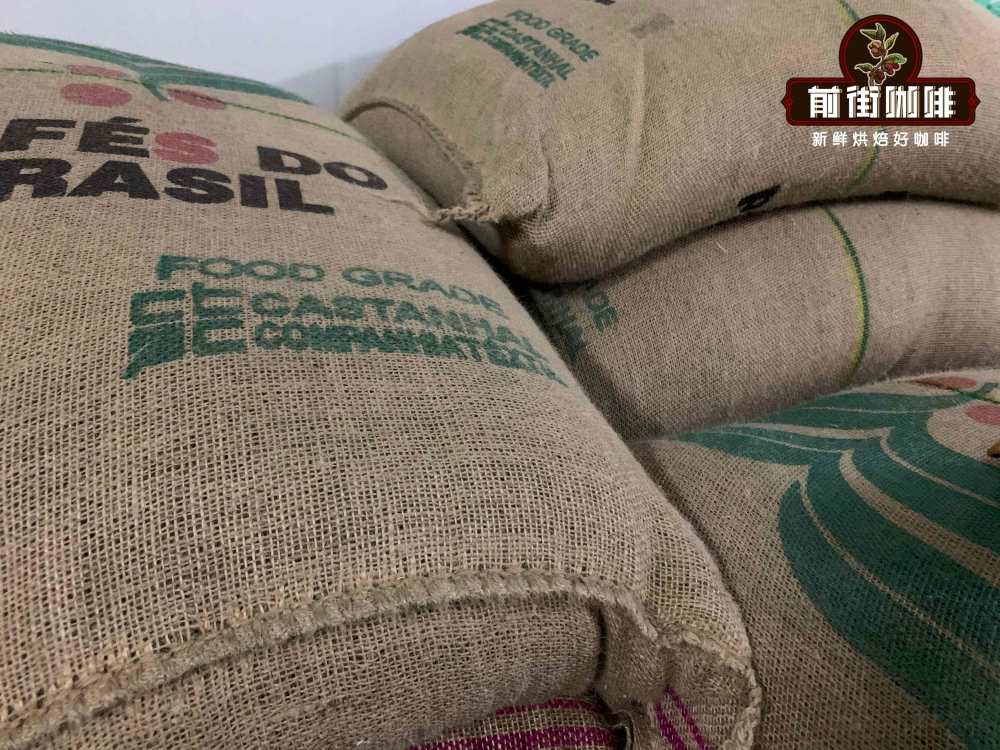
The Hillado producing area of Brazil belongs to the state of Minas Gerais. The state's coffee production accounted for 40% of Brazil's total coffee production in 2020, making it one of the largest coffee producing areas in Brazil. In addition, Syracuse is the first coffee producing area in Brazil to obtain certification of Brazilian origin. This Brazilian Hillado coffee bean on the front street features a classic Brazilian coffee flavor.
As the two types of coffee beans in Qianjie use the degree of medium and deep roasting, Qianjie recommends using 88 degrees Celsius water temperature, KONO filter cup and medium coarse grinding degree when brewing.
Filter cup: KONO filter cup
Water temperature: 88 degrees Celsius
Amount of powder: 15g
Ratio of powder to water: 1:15
Grinding degree: 75% of the pass rate of Chinese standard No. 20 screen

First inject 30 grams of water and steam for 30 seconds, slowly circle from the central point of small water to 125 grams, we will see the powder bed continue to inject water to 225 grams, the total extraction time is about 2 minutes.
[Brazilian Queen] the entrance has a strong nutty flavor, sweet sugar, with a hint of lemon aroma, dark chocolate finish, rich layers, smooth and round taste.
[Brazilian Red bourbon] the entrance has strong flavors of roasted peanuts and nuts, caramel sweetness and creamy silky taste.
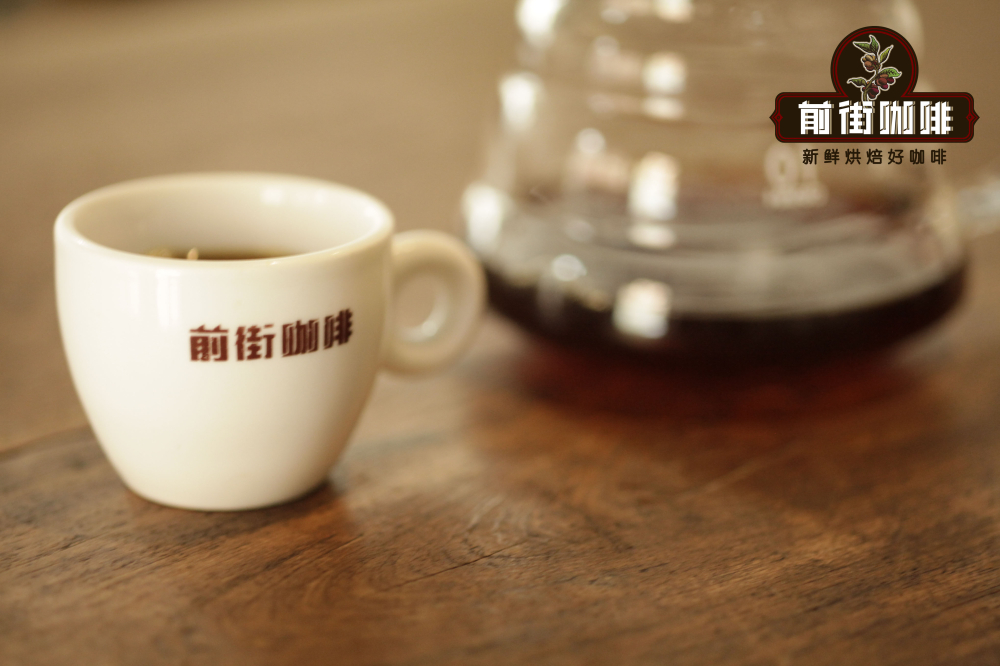
For more information about coffee beans, please follow the coffee workshop (Wechat official account cafe_style) and exchange professional coffee knowledge. Please add Wechat account kaixinguoguo0925.
Important Notice :
前街咖啡 FrontStreet Coffee has moved to new addredd:
FrontStreet Coffee Address: 315,Donghua East Road,GuangZhou
Tel:020 38364473
- Prev
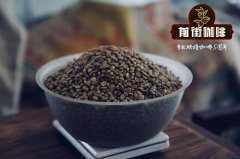
What is Ethiopian DST? How do you make coffee from Pope Lim, Ethiopia?
Professional coffee knowledge exchange more coffee bean information Please follow the coffee workshop (Wechat official account cafe_style) if it is centered on the capital Adis, except for Hala, most Ethiopian coffee is produced in the southwest and south of the capital. Limu is in the southwest of Yi country, not long after departure from the capital, you can see one road to the west and the other to the west after leaving the city.
- Next
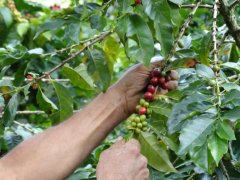
Historical and cultural stories of Colombian coffee beans there are several differences between Colombian coffee producing areas
For more information on coffee beans, please follow the Coffee Workshop (Wechat official account cafe_style). The story of Colombia reviews the history of coffee in Colombia. Coffee was probably introduced by Venezuela, probably dating back to 1730. The oldest reference on coffee was written by the Reverend Joseph Gumilla in his book El Orino.
Related
- Detailed explanation of Jadeite planting Land in Panamanian Jadeite Manor introduction to the grading system of Jadeite competitive bidding, Red bid, Green bid and Rose Summer
- Story of Coffee planting in Brenka region of Costa Rica Stonehenge Manor anaerobic heavy honey treatment of flavor mouth
- What's on the barrel of Blue Mountain Coffee beans?
- Can American coffee also pull flowers? How to use hot American style to pull out a good-looking pattern?
- Can you make a cold extract with coffee beans? What is the right proportion for cold-extracted coffee formula?
- Indonesian PWN Gold Mandrine Coffee Origin Features Flavor How to Chong? Mandolin coffee is American.
- A brief introduction to the flavor characteristics of Brazilian yellow bourbon coffee beans
- What is the effect of different water quality on the flavor of cold-extracted coffee? What kind of water is best for brewing coffee?
- Why do you think of Rose Summer whenever you mention Panamanian coffee?
- Introduction to the characteristics of authentic blue mountain coffee bean producing areas? What is the CIB Coffee Authority in Jamaica?

